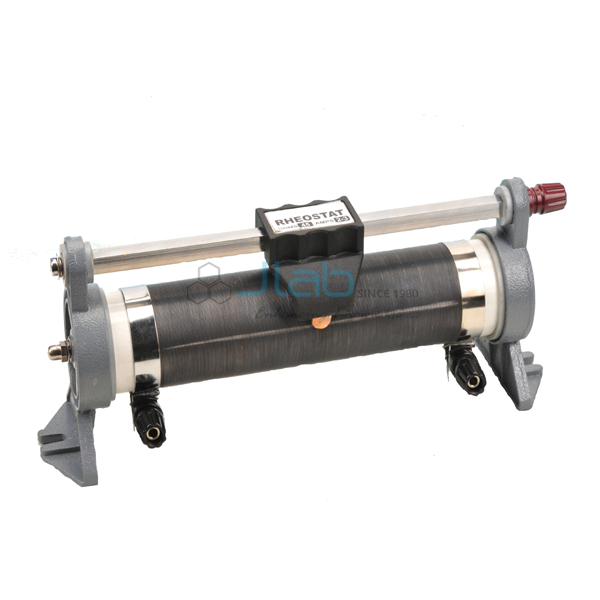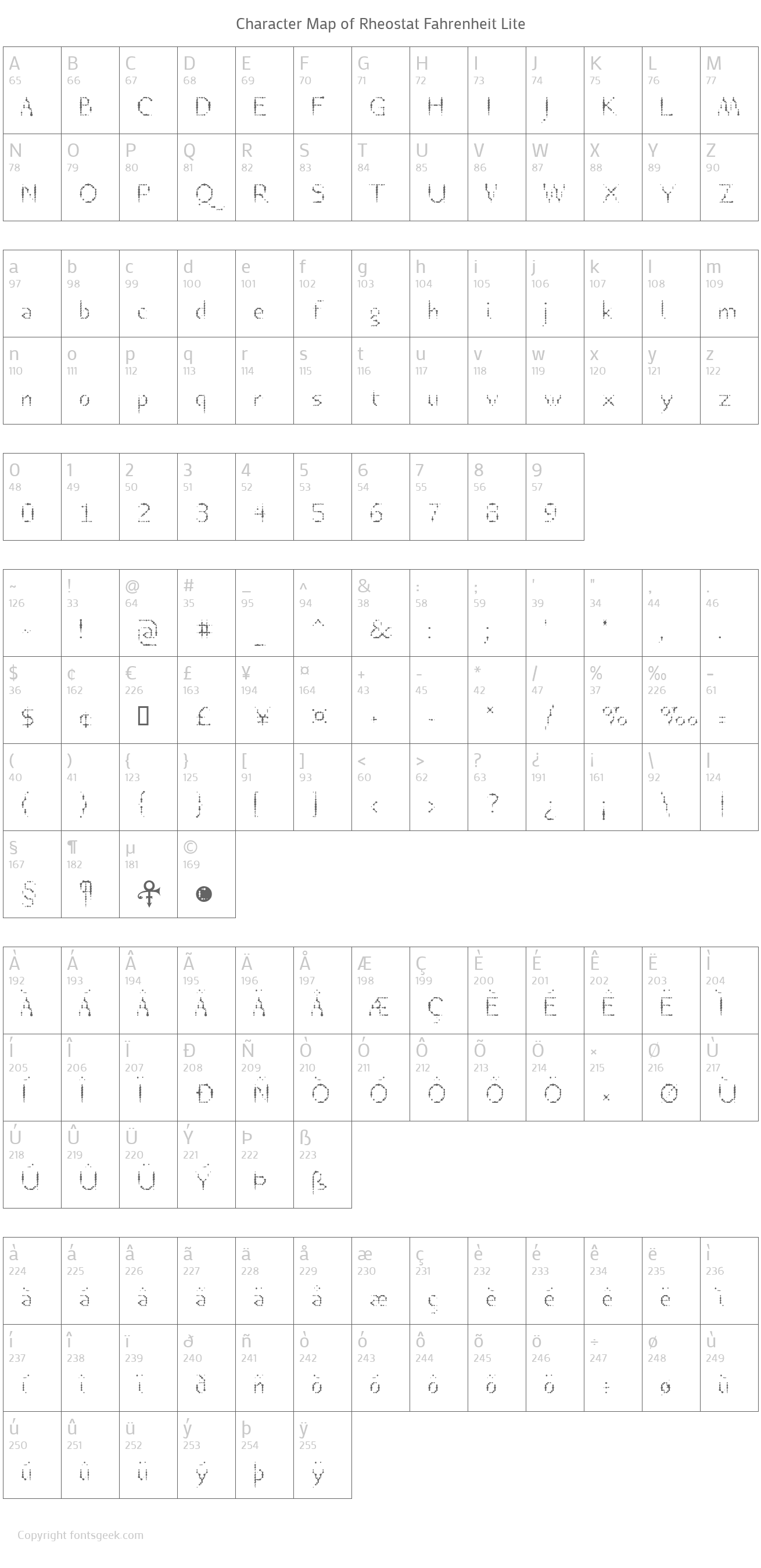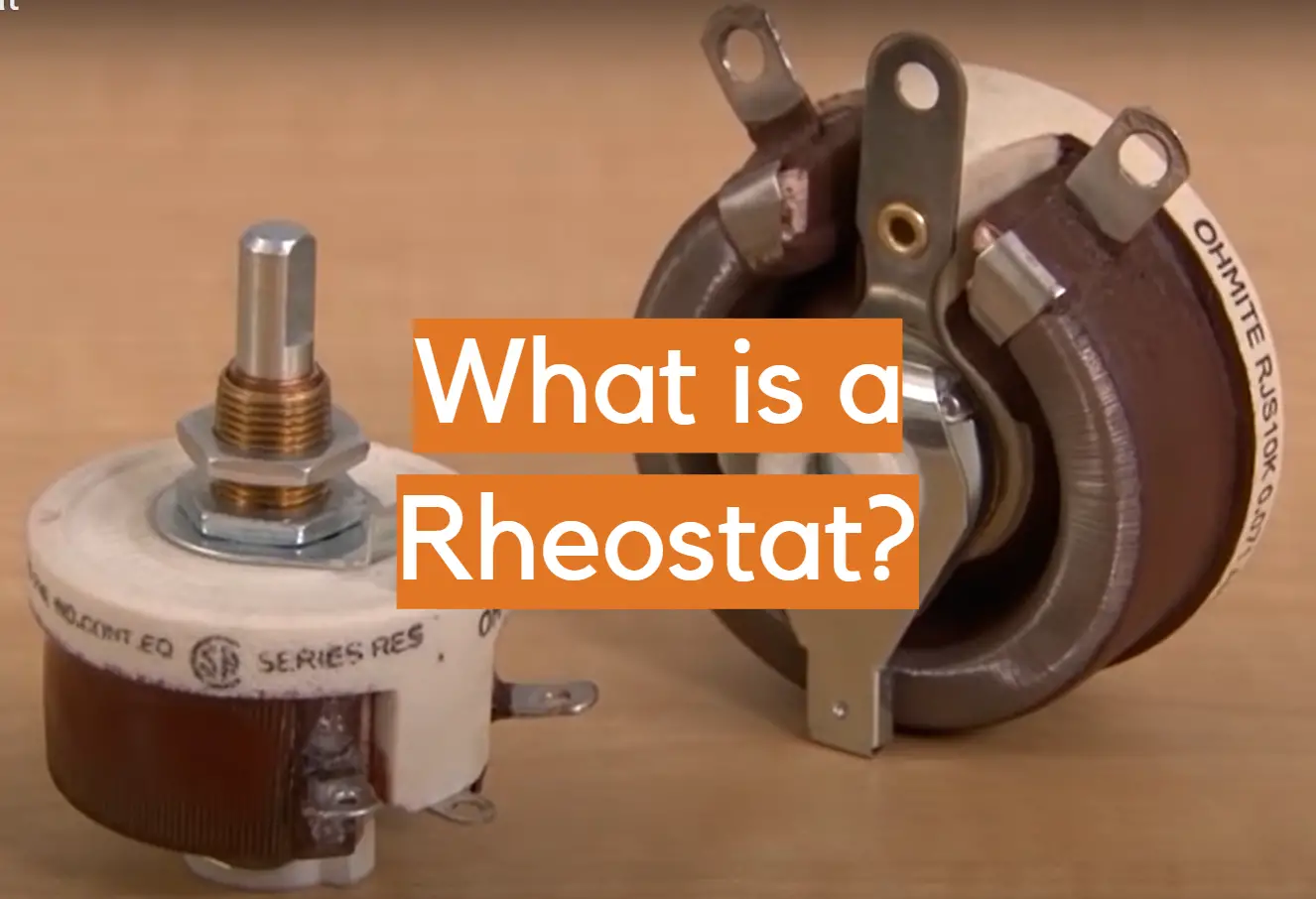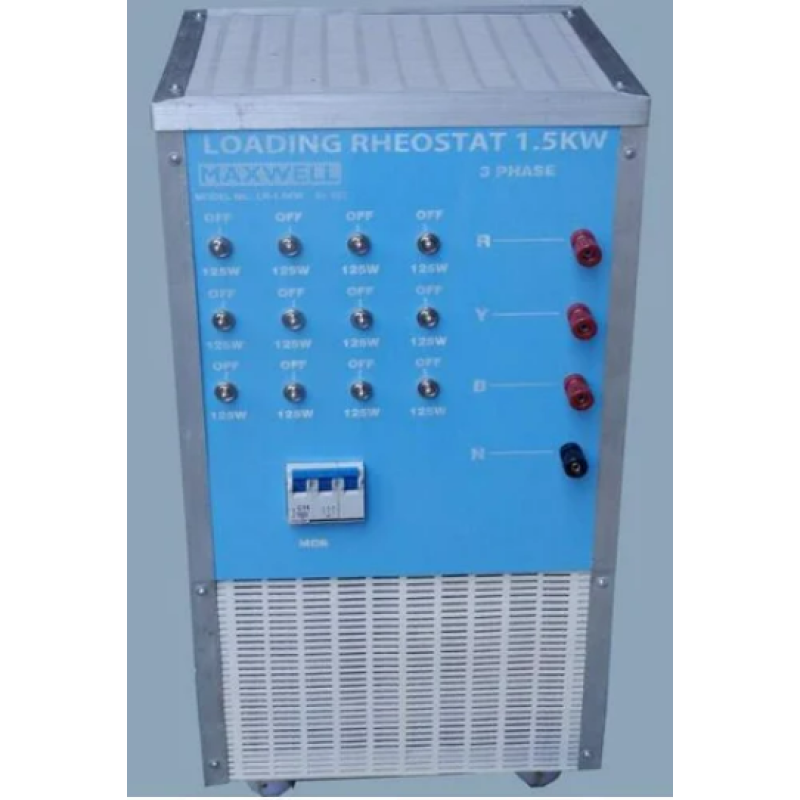Favorite Info About How To Build A Simple Rheostat

The three terminals of the rheostat are denoted as a, b and c.
How to build a simple rheostat. How do rheostats work? Although different standards have different symbols for rheostats, the most commonly used is a rectangle that is placed between two linear lines, and a tilted arrow. 3.27 how to use a rheostat?
In its simplest form this is a long piece of wire wrapped around a cylinder, with connectors at either end, and a. Lets learn how to make a rheostat; A rheostat is not continuously adjustable, as a potentiometer is.
Types of resistors (and circuit symbols) focusing on the rheostat: A very simple and inexpensive rheostat may be constructed as follows: A rheostat (also known as a variable resistor) is an electrical component to vary the amount of current flowing through the circuit.
Wide and approximately 10 in. Either a and b terminals or b and c terminals are used. Two terminals (the blue and green) are connected to a resistive element and the third terminal (the black one) is connected to an.
This is because the movable contact. The construction of rheostat is shown below: Here’s an image of its symbol:
Ark physics 807 subscribers 1k views 1 year ago y12: Figure 3 illustrates a simple rheostat network to produce 14.6 kω (adjustable) using a 10 kω potentiometer in parallel with a 10 kω fixed resistor, all in series with another 10. One of the most important things about rheostats is that they have two terminals and are connected throughout these two.
A rheostat is defined as a device that can vary the resistance in an electric circuit by changing the position of a contact point along a resistive element.

















